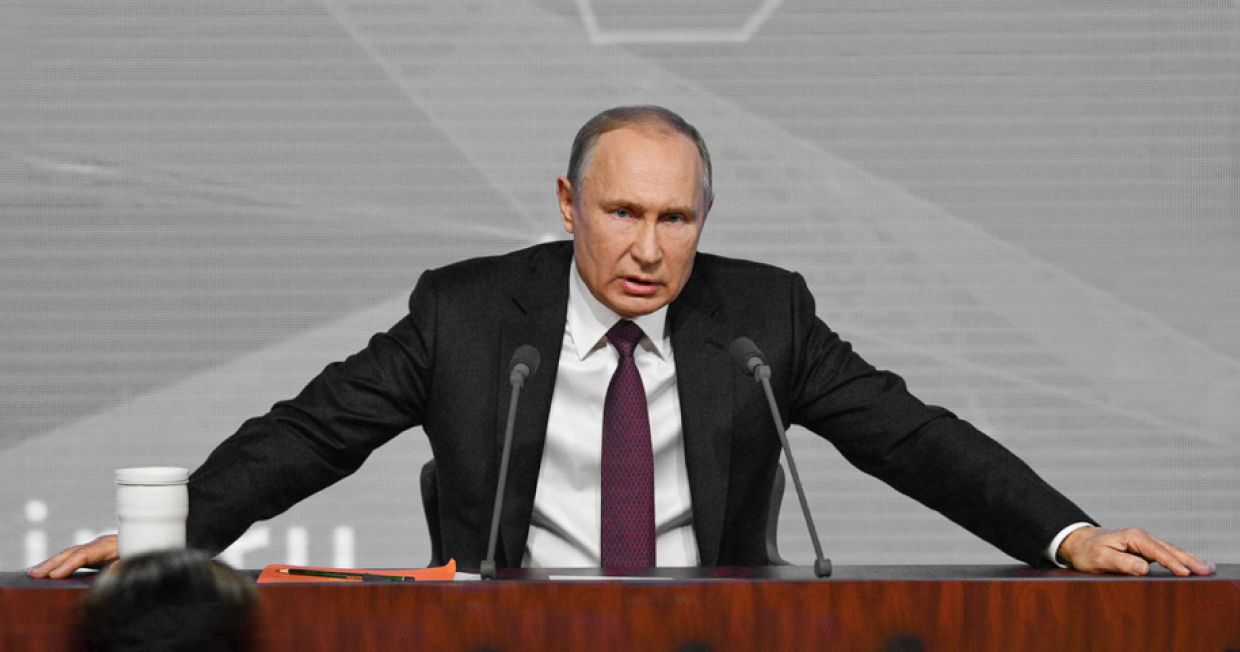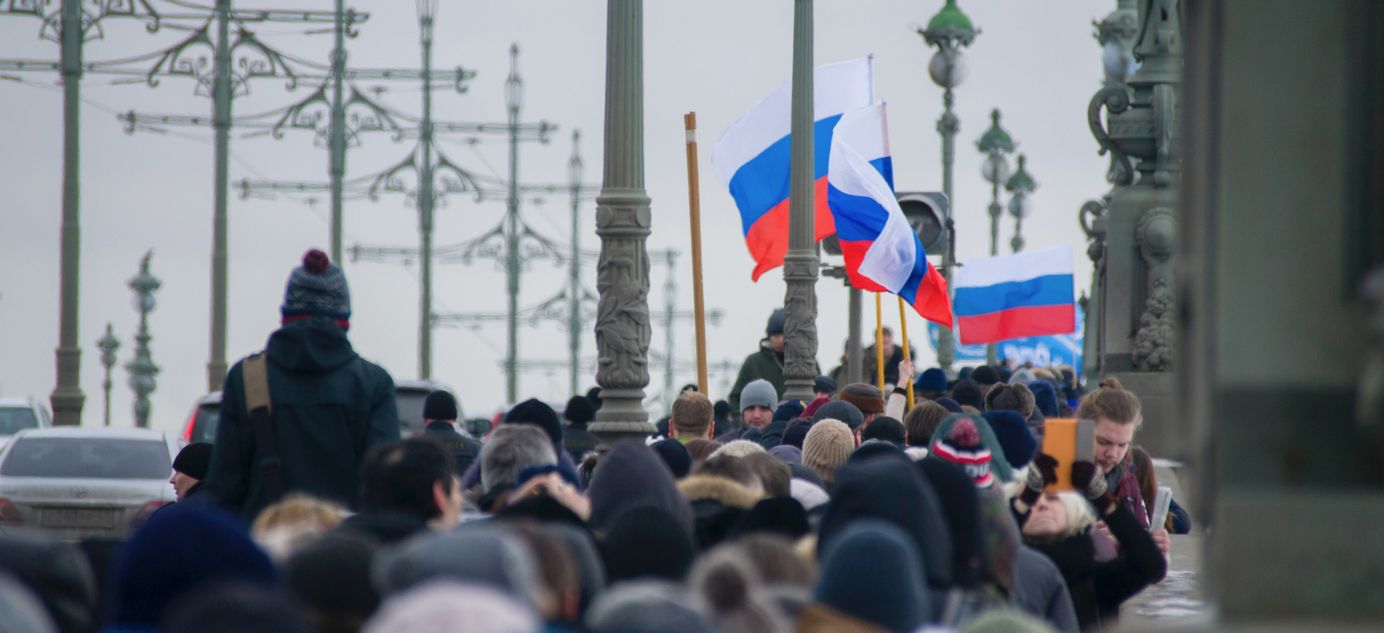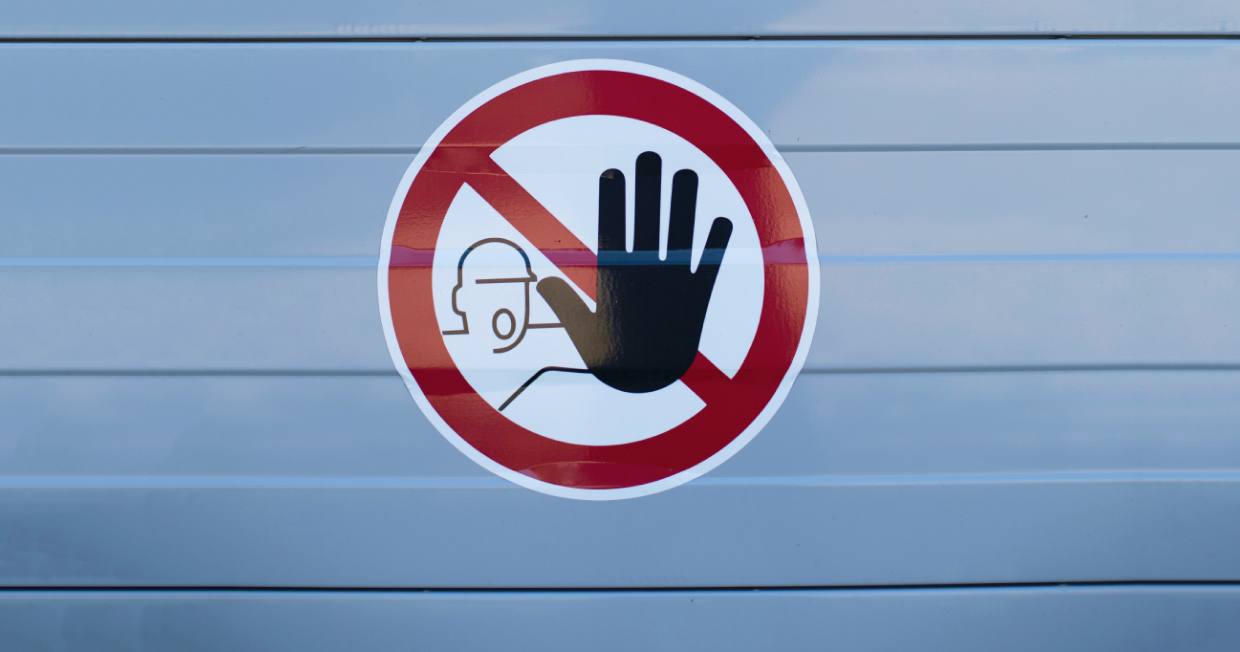
Waiting for Putin
Hello! This week our top story is on the formal U.S. response to Russian demands over Ukraine and European security, and how the Kremlin might respond. We also look at why scientists and journalists are raising questions about the efficacy of the coronavirus vaccine EpiVacCorona, and how geopolitics are driving the Russian markets.
Guessing game as US-Russia talks pause for Putin
This week, Russia did not get the response it wanted from the West about security guarantees in Europe. Russian President Vladimir Putin is now thinking over Moscow’s next move. Whatever he decides will likely raise the stakes in this confrontation and indicate how far Russia is prepared to go. What might Putin decide?
- A formal, written response from the U.S. to Russia’s demands was delivered Wednesday. From a summary of the document given by Secretary of State Anthony Blinken, it was immediately clear that Moscow would not be satisfied: Russia’s main demand — a halt to the eastwards expansion of NATO — was rejected by both the U.S. and the alliance itself.
- Moscow’s initial reaction was predictable. The U.S. statement was rubbished by outspoken Russian parliamentary deputies (figures that the Kremlin trusts with the most extreme rhetoric but whose words carry little real meaning). Vyacheslav Nikonov, deputy chairman of the Duma’s foreign affairs committee (and grandson of Vyacheslav Molotov who concluded the Molotov-Ribbentrop pact with Nazi Germany on behalf of the Soviet Union) said “the West’s answer should be taken as negative”.
- However, Moscow’s official reaction was rather more restrained. Foreign Minister Sergey Lavrov re-stated that there had not been a positive response to Russia’s biggest issue — the expansion of NATO. But he said “there is a reaction which allows us to expect a serious discussion about secondary issues”. He was referring to areas including arms control, the deployment of offensive missile systems and transparency on military exercises in Europe.
- Putin’s press secretary, Dmitry Peskov, told journalists that there was no need to jump to conclusions following the U.S. response, adding that Putin would now analyze the document. He said there was still scope for dialog and hinted that a Russian response would take some time, pointing out that the U.S. spent more than a month considering Russia’s initial proposals.
What happens next?
Experts are divided on what Russia could do next. Foreign policy expert Fyodor Lukyanov told The Bell that he believes Russia will not discuss the topics put forward by the U.S. until there is an understanding on the Kremlin’s core issue — stopping further NATO expansion. To do otherwise “would render the whole Russian strategy pointless,” he told The Bell.
However, Dmitry Trenin, the director of the Moscow Carnegie Center, believes Russia will engage in diplomacy. Trenin argued that Moscow understood from day one it was making impossible demands on NATO and the U.S., and was doing so to pressure the West into agreement on less contentious issues. A diplomatic continuation would mean a blow to Russia’s international reputation, but it would pose no threat to domestic political stability.
What could Russia do?
Only a small circle of people are likely to understand Putin’s intentions. Analysts can only speculate, and most officials who make statements about possible actions are just struggling to catch the mood in the corridors of power. Nevertheless, from official statements and media reports, it’s clear that several possible alternatives are being considered:
(i) Military conflict with Ukraine
Foreign affairs expert Vladimir Frolov told The Bell that he believes a large-scale war is more likely than not. In his opinion, Russia is attempting to permanently restrict Ukraine’s sovereignty, making the country a vassal state that cannot challenge Moscow. “That could be achieved by diplomacy, intimidating Biden to the point that the U.S. itself forces Zelensky into subordinating Ukraine to Russia,” Frolov said, although he said this was unlikely. The second option, in Frolov’s view, was for Russia to seek to limit Ukraine’s sovereignty via military means and impose a new regime.
For the moment, the Foreign Ministry insists that there are no plans to invade Ukraine. A Foreign Ministry spokesperson said Thursday that even the thought of war with Ukraine was unacceptable — a statement that helped the ruble climb 3 percent against the U.S. dollar.
(ii) Recognition of DNR and LNR
The expansion of the so-called Union State of Russia and Belarus is one possible Russian strategy, according to expert Trenin. The Kremlin could, for example, recognize the rebel statelets in Eastern Ukraine — the People’s Republics of Donetsk (DNR) and the People’s Republic of Lugansk (LNR) — by formally incorporating them into the Union State. It could also add the disputed south Caucasus regions of Abkhazia and South Ossetia.
Earlier this month, the Communist Party called for Russia to officially recognize the DNR and LNR. The Kremlin did not directly back that proposal, but the State Duma included the Communists’ proposals on its discussion schedule for February.
A senior official in the ruling United Russia party, Andrei Turchak, said Wednesday that Russia could start to arm the DNR and LNR. But, his words were promptly disavowed by a far more knowledgeable and influential official, deputy chief of staff Dmitry Kozak, who oversees Kremlin policy on Ukraine. Kozak did not hide his skepticism, or disdain. “I don’t know what prompted Mr. Tuchak to say this, he did not consult with us,” he said.
(iii) Missiles in Cuba and Venezuela
Another issue of obvious disagreement among Russian officials is the deployment of Russian military hardware in Cuba or Venezuela. While this is possible in Venezuela, it is far from clear what Moscow could offer Cuba in return for seriously aggravating its delicate relationship with the United States.
Whatever the difficulties, Russia threatened just such a deployment in talks with the U.S. and NATO. Deputy Foreign Minister Sergei Ryabkov said earlier this month that he could not rule out the deployment of Russian weapons in either country. Then The New York Times reported that Russian negotiators at talks in Geneva “hinted” at the possibility of deploying nuclear weapons close to the U.S. border. Finally, the day before the U.S. delivered its formal response, Putin demonstratively held a phone call with the president of Cuba.
Despite the saber-rattling, ex-president Dmitry Medvedev, the current deputy head of the powerful Security Council, surprised everyone Thursday by categorically ruling out Russian military bases in Cuba or Venezuela, saying this was “out of the question”.
A show of force
Analyst Lukyanov believes we should expect another escalation: but not an invasion of Ukraine. Instead, he anticipates “a show of force”. In conversation with The Bell, Lukoyanov clarified that a “show of force” could manifest itself as heightened military activity in sensitive areas like the Black Sea, the Baltics, or Belarus. “There will be demonstrations from both sides, as well as statements that talk of determination and combat readiness. These, if you like, are part of the rules of the game. But this does not preclude further discussion,” he said.
Tough diplomacy
The Kremlin understands that any military aggression toward Ukraine would have catastrophic consequences for the whole world, according to Alexandra Filippenko, a senior researcher at the Institute of the U.S. and Canada. In addition, she said that an exchange of letters, oral statements and diplomatic contacts at all levels should be taken as a positive sign. “Yes, it’s hard. Right now, the talks are leading nowhere, but there are talks. It would be much worse if the parties refused to communicate, or communicated through third parties and pretended there was no conflict,” she said. This “tough diplomacy”, in Filippenko’s words, can take “a long, long time.”
Why the world should care: Right now, everything depends on Putin’s response, according to Carnegie’s Trenin: “And here there are many questions, because we cannot know what Putin is thinking. What is his plan? What is his strategy? What options does he see? It’s almost impossible to judge this from the sidelines.”
Studies suggest ‘negative efficacy’ for vaccine EpiVacCorona
Sputnik V may be the most famous Russian coronavirus vaccine, but it is not the only one. Back in 2020 the country developed two vaccines: Sputnik V and EpiVacCorona. While the effectiveness of Sputnik V has been proven beyond doubt, it’s still very unclear if EpiVacCorona works at all. This week saw the publication of two pieces of research highlighting the negative efficacy of EpiVacCorona, which is still being used. These reports will not encourage a still-reluctant Russian public to get vaccinated.
- At the start of the week, the Vedomosti newspaper reported the Ministry of Health had temporarily halted orders and deliveries of EpiVacCorona. One of the newspaper’s sources said “there is reason to consider suspending production.”
- The Health Ministry confirmed it stopped ordering EpiVacCorona at the start of this year. However, it claimed this was down to a surplus and that additional stocks would be purchased if necessary. The developer of EpiVacCorona insists the vaccine is still in production and that a new order from the Health Ministry is expected in February.
- EpiVacCorona was developed by Vector, a state-owned research center. It was approved in Oct. 2020, making it the second Russian coronavirus vaccine after Sputnik V. Despite this, much about the drug is unknown. EpiVacCorona has not been made available for export, and there is no information about how many people in Russia have been injected with it. According to the developer, almost 6.5 million EpiVacCorona doses went into civilian circulation last year.
- The day after it emerged the Health Ministry had stopped ordering EpiVacCorona, two independent studies appeared. Both highlighted the drug’s ineffectiveness. It’s worth noting that these studies took place using different methodologies, at different times and in different cities — but reached similar conclusions.
- The first was published by a group of researchers from the Institute of Interdisciplinary Medical Research at the European University in St. Petersburg. They analyzed data about local residents with Covid-19 symptoms or confirmed cases at the beginning of October, assessing how the vaccination protected against infection and lung damage. According to their figures, Sputnik V’s effectiveness was 58 percent while EpiVacCorona -40 percent. This so-called negative efficacy of EpiVacCorona is alarming.
- Negative efficacy implies that the risk of illness among people vaccinated with EpiVacCorona is actually greater than among the unvaccinated. But researchers said this was likely not the case — instead the results were such because the researchers did not have data about asymptomatic infections among people with vaccines.
- The second study was carried out by journalists from media outlet Meduza (designated as a ‘foreign agent’ by the Russian authorities). They analyzed data about infections among people vaccinated in Moscow that was obtained from a source with access to the capital’s monitoring systems. Based on these numbers, the journalists concluded that EpiVacCorona was ineffective and that “it can be harmful because it leads to a false sense of security and thus stimulates further infections”. Meduza assessed EpiVacCorona’s efficacy at -16 percent.
- EpiVacCorona developer Vector regards these findings as premature, and claims they are based on too small a sample size. Vector has also said that the results could be distorted by the fact that EpiVacCorona is more often used with elderly patients or people with chronic disease, who have a greater risk of Covid-19 complications.
- The recommendation to vaccinate high risk individuals with EpiVacCorona came from the Russian authorities: health watchdog Rospotrebnadzor approved this vaccine for use with the over-60s in March 2021.
- Almost from the start, EpiVacCorona has faced questions. Participants in 2021 clinical trials held independently of Vector reported a lack of any antibodies in any of the people vaccinated. Rospotrebnadzor explained that this was due to EpiVacCorona’s composition (it’s based on peptide antigens) which means that most tests cannot detect the immunity developed after vaccination.
- To cut a long story short, this means that, in Russia, people are still being vaccinated with a drug that may not work. This is despite a sharp rise in Omicron cases (the number of new cases each day has now surpassed 100,000). Although the Health Ministry has halted orders of EpiVacCorona, there are still stocks in the regions and they are still in use. For example, 22,114 people were injected with EpiVacCorona in Saratov Region over the last three months. Moreover, this vaccine is often given to people in high risk groups because it has fewer side effects than Sputnik V.
- EpiVacCorona’s dubious effectiveness means many patients are refusing to get jabbed. In June 2021, newspaper Novaya Gazeta reported that vaccination centers were replacing Sputnik V with EpiVacCorona without warning patients.
Why the world should care: It will be interesting to see how the Russian authorities react. Official recognition of EpiVacCorona’s lack of efficacy would be very painful, not least because it was developed in a state-owned center and its approval was announced by Putin personally. At the time, there was even talk that its effectiveness could be as high as 90 percent.
Geopolitics rule on Russian markets
This week saw an unusual phenomenon on Russian currency markets: while crude oil passed $90 a barrel for the first time since 2014, the ruble extended its decline. The ruble fell Wednesday below 80 to the U.S. dollar for the first time since late 2020.
- Russia’s currency and its stock exchanges are under geopolitical pressure. Traditionally, the ruble tracks the price of oil, Russia’s main export, but, in recent months, concerns about possible military conflict and new sanctions have been the main worry for investors.
- Most major movements on the markets have been linked to political events. For example, the ruble fell to a nine-month low against the ruble after a 21 January meeting between Foreign Minister Sergei Lavrov and U.S. Secretary of State Anthony Blinken. Three days earlier, the Moscow Stock Exchange fell by 6.5 percent on the news that Russia was recalling the relatives of its diplomats in Ukraine. And the markets strengthened rapidly last week after a Foreign Ministry statement that Russia “regards even the thought of war with Ukraine as unacceptable”.
- Everyone agrees that the Russian market will remain volatile until there are signs of improvement in relations with the West. Natalia Orlova, chief economist at Alfa Bank reckons that 80 rubles to the dollar is the weakest the ruble can be under current conditions. In her opinion, if there is no military escalation, the ruble will quickly strengthen. Alexander Potavin, an analyst with Finam investment holding, was less optimistic: he thinks the ruble could weaken as low as 86 to the U.S. dollar. Loko-Invest’s investment director Dmitry Polevoi agrees with Orlova that there is no fundamental reason for the ruble’s weakness. As soon as geopolitical tensions ease, the currency will recover. However, he does not expect this to happen any time soon.
Why the world should care: In terms of fundamentals, the Russian market looks very attractive right now: the price of oil, gas and metals is rising. But geopolitics is proving stronger. A weak ruble is good for energy companies and the state, but it hurts small businesses who have to order from abroad, investors and many ordinary Russian citizens.




